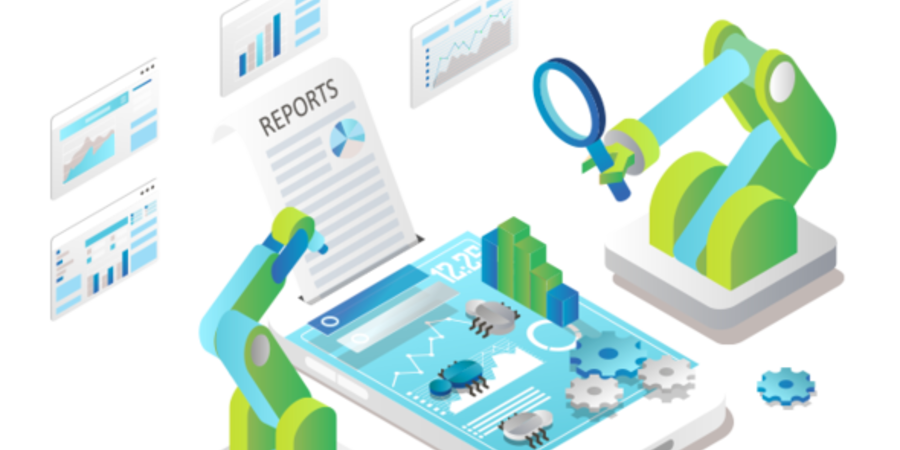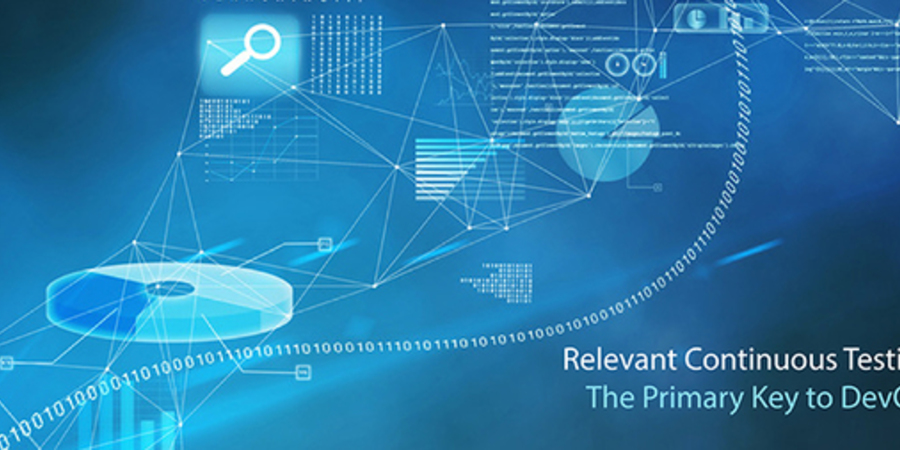How does an organization help the self-serve advanced analytics model grow and thrive? Responsibility lies in a number of places within the enterprise. If an organisation incorporates analytics into its strategy and business decisions, it will encourage the use of these tools within the organization. When a middle manager or team member understands that the senior management team values analytics and expects to see data-driven decisions, each business unit and department will embrace the use of self-serve advanced analytics.













